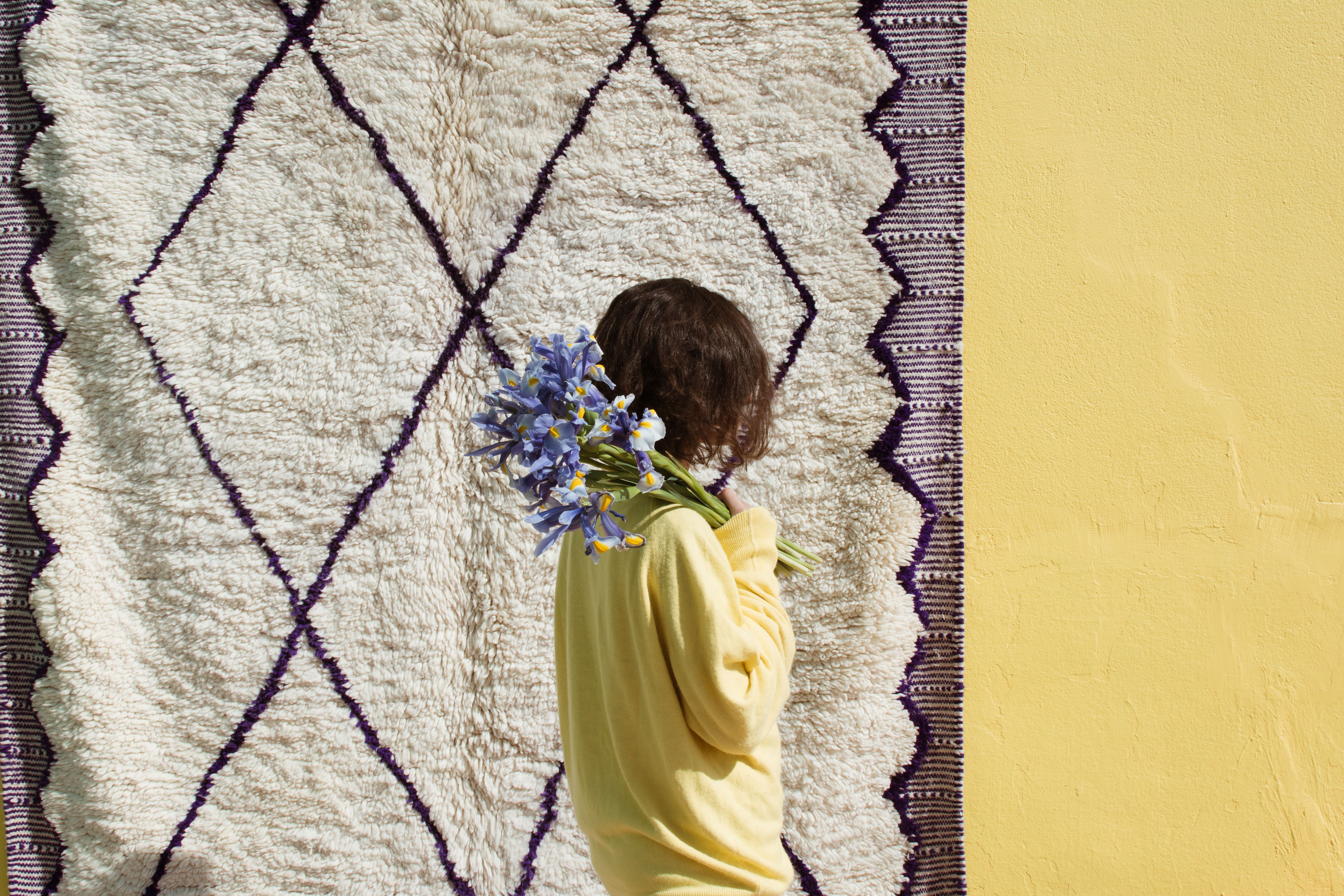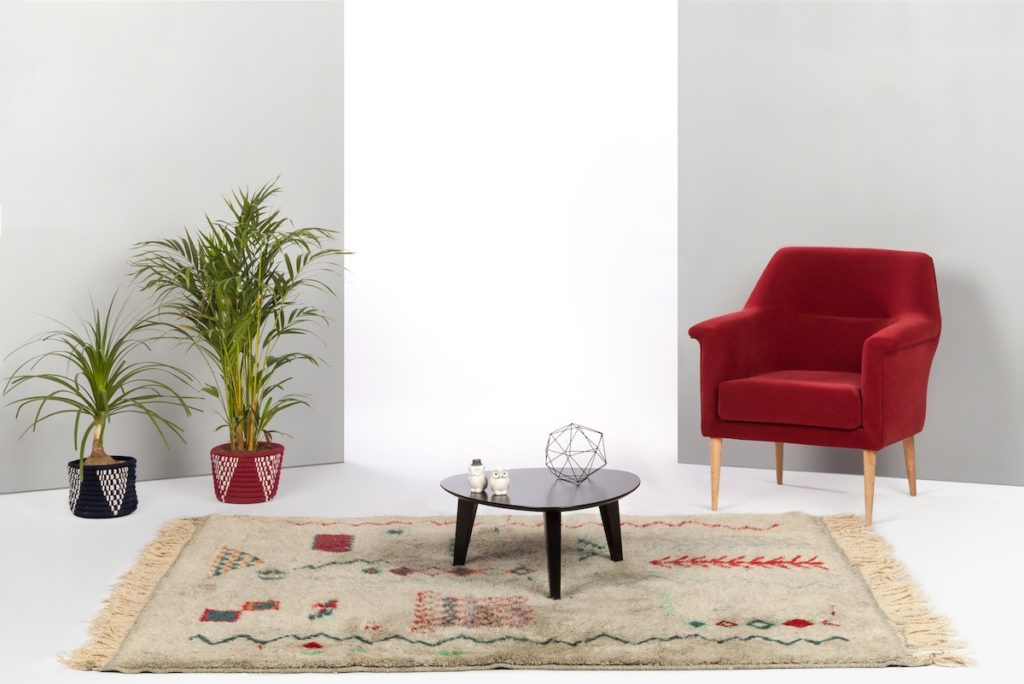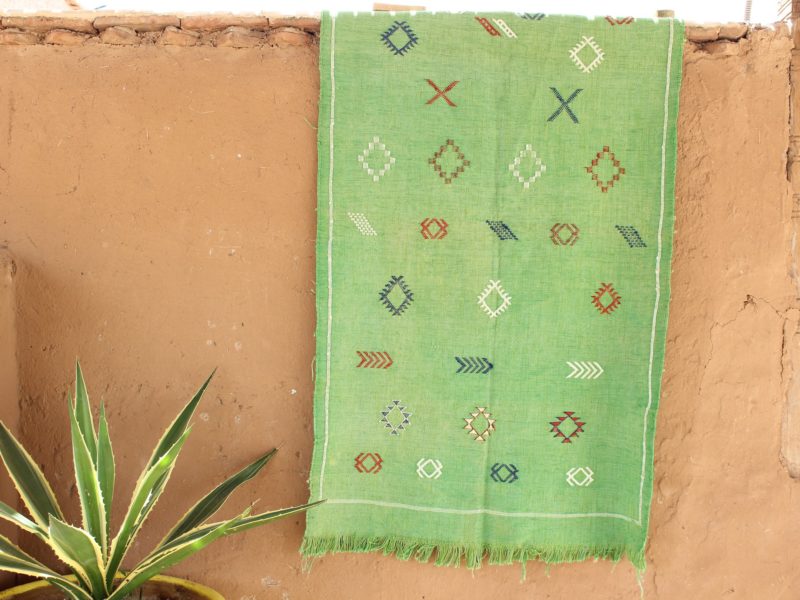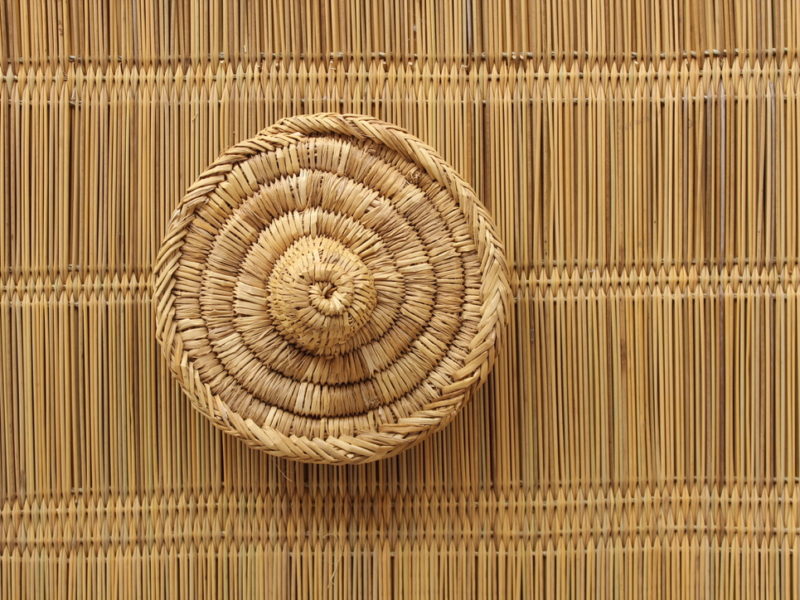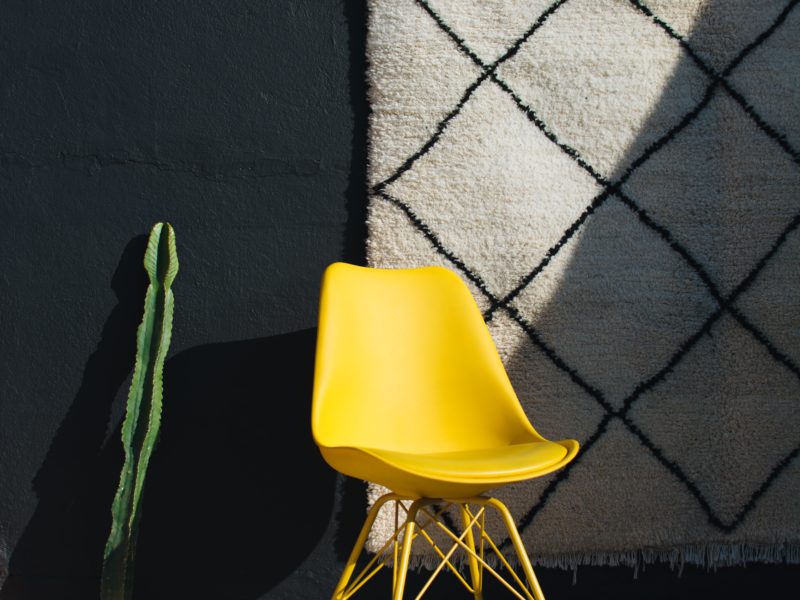Patterns and signs in Berber crafts
Patterns and signs in Berber crafts
For centuries, Berber craftsmanship has been shaped by ancestral know-how and strong traditions that, from the countries of the Great Maghreb (Morocco, Algeria, Tunisia, Libya, Egypt) and although different from: shapes, colors specific meanings and labels are always inspired by history, the imprint of civilizations and the unique and exclusive Berber culture.
Pottery, fabrics, jewelry, carpets, furniture, paintings, tattoos, sculptures … each piece or painting has Berber motifs, Berber signs that always have a precise and very rich meaning. In addition to the aesthetic and decorative aspect of objects from Berber craftsmanship, Berber representations, once the meaning of symbols is analyzed, we look at this Berber art otherwise.
Berber culture: symbolism too little known
Signs and motives have always had great symbolism for Berbers. Most of these symbols stand out for a large part of the craft products, among which we find: weavings, pottery, jewelry, tattoos but also wall decorations that often adorn rammed houses in the heart of the douars.
Much more than a decorative or aesthetic dimension, the meaning of motifs in Berber craftsmanship stipulates, on the one hand, history, culture, traditions, rites, beliefs and superstitions, and, on the other hand, retraces the inspirations born of the acts of life.
So, if the zigzags, chevrons, rhombuses or triangles that have crossed the ages are now assimilated to simple geometric patterns, it is important to know that in fact, these patterns and signs demonstrate many other meanings!
The Berber symbols are very similar to those found on some rock paintings of prehistory, as are those of ancient pottery found mainly in the Maghreb. This is why Berber art is often compared to cave art with representations worthy of the first artefacts of ancient civilizations and cultures. In these ancient times and, just as today in the Maghreb, men live in close relationship with nature. They have always had a very close relationship with their environment. Nature is so and also a very inspiring source for artistic and material Berber creations.
The meaning of Berber symbols, patterns and signs
The analysis and profound knowledge of all the Berber motifs and signs could not be contained in a few lines. Moreover, and as a reminder, the Berber motifs and signs vary from one region to another and according to the country, in the forms, the colors and also the belongings to the tribes etc …
It is the practice of tattooing, signified in Berber by “Ticheret, Aayacha, wachem” which is the oldest rite of Berber culture. As in the Berber culture, the woman is representative of the earth and, of all the symbolism of the earth, one finds the Berber tattoos mainly on the body (hands, legs, belly, thighs) and the face (forehead, cheeks and chin) women.
These tattoos often form dots, series of dots, fairly simple decorations, straight line features, twisted lines, V-shaped shapes, curves, cross lines, geometric shapes in squares, circles, triangles and plant and animal forms.
The tattoo has different functions, beauty and aesthetics, some may mean a specific membership in a social group, others a protection against the evil eye or a protection against the disease, others will be made to attract fertility as this is the case in Morocco, when a woman wears a tattoo in the shape of a cross on the foot or on the ankle.
Nowadays, henna tattoos have replaced permanent tattoos that were once made with charcoal, kohl or other materials.
For weaving, especially the beautiful Berber carpets, we can say that most of the Berber motifs and Berber signs made, always have a family, sexual and natural connotation. The symbolism is therefore most often equated with the couple, the family and all the acts of everyday life. The Berber symbols follow the inspiration of the women who weave these books.
If nature still remains a frequent source of inspiration, the patterns and signs present on the carpets are very often assimilated:
– to the man,
– to the woman,
– to the meeting,
– when mating,
– to fertility,
– at pregnancy,
– at birth
Ainsi, pour exemple, le signe de l’accouplement est la croix + tandis que le cercle schématise, une spirale, une harmonie éternelle et un absolu. Les signes berbères masculins et féminins sont toujours distinctifs. Par ailleurs, les symboles féminins sont toujours entourés par les symboles masculins qui se caractérisent surtout par :
– des traits, des bandes, des lignes,
– des arêtes de poisson,
– des échelles…
Of course, the motif of the snake characterizes the sex of the man, the motive of the bull the power and the fertility. Male patterns are also associated with the number three, so we will often notice: three lines, three bands or three objects etc …
For the feminine motifs, we often notice the sign X which schematizes the opening of the body of the woman so ready to give birth and, in the same vein, the chevron, which symbolizes the legs apart from the woman. The rhombus very present on Berber carpets symbolizes the belly and uterus of the woman, the double-hooked diamond represents birth. Weaving is a Berber art par excellence, each carpet is a unique piece, the work follows the inspiration of the Berber craftswoman who often claims that “to make a rug is like making henna”, this is how She continues her idea … On carpets, we often find the motif of the comb to be woven, which is the feminine symbol of fertility and creativity.
Among other fairly common Berber signs, there are:
– The female symbol spider which schematizes the sun but also patience, working life and harmony.
– The anchor synonymous with fidelity, inner balance and lucidity.
– The ram symbol of fertility and synonymous with complementarity and opposition.
– The olive tree symbol of the quiet and beneficent force.
– The swallow symbol of femininity and fertility.
– The lizard synonymous with elevation and spiritual enlightenment.
– The salamander symbol of regeneration of growth.
– The fly symbolizes life in its ardor and vivacity and its ability to multiply to infinity.
– The bee symbolizes fertility and abundance.
– The scorpion symbolizes evil, death, or else courage and endurance.
– The snail symbolizes fertility, cycle of harvests.
– The fish is the protective Berber symbol to ward off the evil eye.
The lizard, the fish and the salamander are common motifs in Berber ornamentation, they are found more often on jewelry, pottery. If we refer to the famous Berber fibula, it is not only a protective talisman, it can also indicate that the girl who has worn is already promised.
For pottery, or Berber ceramics, they are shaped either by men or by women. Women’s books, which often represent women, the body, the mouth, are more easily recognizable. One can also recognize certain motifs often reproduced in henna tattoos. Berber pottery also contains a large number of geometric, anthropomorphic and zoomorphic symbols. patterns also evoke tattoos or jewelry. Always with a concern for protection and fertility, here again, signs and motives are often synonymous with the tribe, the identity of the village … Today, and according to the evolution of modern life, it is not Not unusual to find pottery or jewelry that demonstrate objects or means of transport related to our more recent times, this is the case of airplanes or cars …
The Berber signs and Berber motifs and, as you will understand, demonstrate a whole code of ethical values and social norms. Berber craftsmanship is a true art in its own right, born from primitive art, it has distinguished itself over the centuries and continues today. All symbols carry rich ideas, philosophies, life, death, work, and hope. Colors vary by country and region, but most used in Berber art remain red, black and yellow.
In conclusion, Berber craftsmanship is a real mode of expression. Berber craftsmanship is abstract, primitive art, but it remains one of the most authentic art guided by age-old traditions and a language that must not be forgotten! As we already pointed out in the introduction, now, when you look again at products born from Berber crafts, we simply wish that you will not see them any more in the same way!
